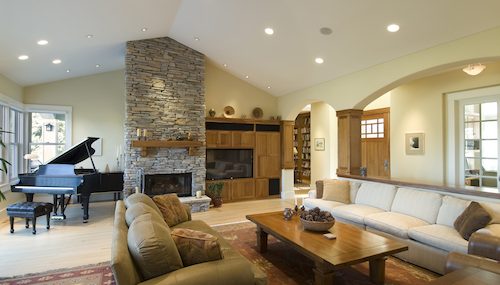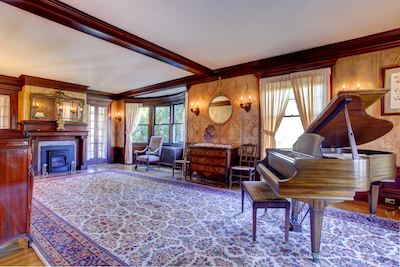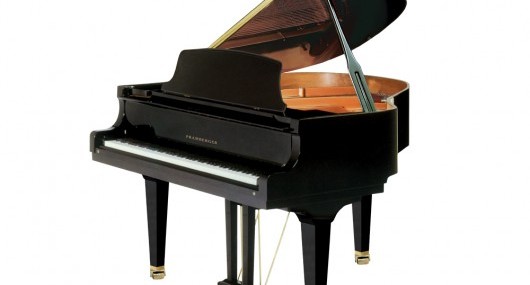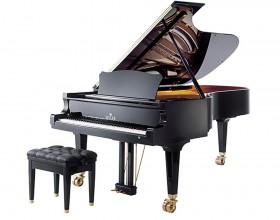Whether you’ve been playing the piano for a lifetime, or have a strong desire to start something new, nothing can compare to owning a grand piano. Yet selecting the perfect grand piano for your home is a big decision. With so many brands and styles on the market, how do you know which one to choose?
Here at Coltharp Piano World, we’ve helped thousands of customers select the right piano for their needs. Finding the right piano is a personal process, but we’ve found there are a few basic things to consider before honing in on your final decision.
Select The Right Size
It’s easy to get a little overwhelmed by the options when you come in and view our selection. What looks good on the showroom floor might not be the best choice for your home. Grand pianos come in many different sizes:
Small Grand – up to 5 feet
Baby Grand – 5 to 5 ½ feet
Medium Grand – 5’6” to 5’9”
Parlor or Living Room Grand – 5’10” to 6’1”
Semi-Concert or Ballroom Grand – 6’2” to 7 feet
Concert Grand – anything larger than 7 feet
The best size for your home depends on how much space you have for the final piano.
Select The Right Color
While sound may be everything when purchasing a piano, looks are also important to ensure it fits the style of your home. Color creates mood and aesthetics, and can be considered as traditional, modern, or eclectic. Want a polished classical ebony piano? Or may new age painted to match your interior? There’s a piano for you. You’ll find different woods, including:
- Mahogany
- Rosewood
- Oak
- Walnut
- Cherry
- Maple
Choose satin or polished finishes. Or create your own.
Select The Right Tone
The size of the grand piano and the soundboard and string length is what ultimately determines the tonal quality of the instrument. The larger the soundboard, the longer the strings, the greater the volume and tonal quality. If sound quality is your utmost priority, move towards the largest piano size possible for your room dimensions.
Ultimately, sound is determined by size and craftsmanship, so it’s best to spend ample time researching the right manufacturer for your desires. We can help you determine with sound blends well with your expectations, and ensure you make the right purchase for your home.
What’s the perfect grand piano for your home? With many different makes and models on the market, it can be a difficult decision. If you’re creating a music room in your home, let us help you finalize your decision.



 2. One of the most famous pianos is a Steinway. Steinway & Sons was started in 1853 by Engelhard Steinweg and his three sons – who later Americanized his name to Henry Steinway as a way to compete in the American marketplace. There are currently six Steinways in the Smithsonian collection.
2. One of the most famous pianos is a Steinway. Steinway & Sons was started in 1853 by Engelhard Steinweg and his three sons – who later Americanized his name to Henry Steinway as a way to compete in the American marketplace. There are currently six Steinways in the Smithsonian collection. A grand piano will sound different than other pianos you may choose – an important point if you place value in your music. Not only will the instrument produce different sounds because of its design, it also needs more room in your home. And with more room brings more opportunity for the sound to travel.
A grand piano will sound different than other pianos you may choose – an important point if you place value in your music. Not only will the instrument produce different sounds because of its design, it also needs more room in your home. And with more room brings more opportunity for the sound to travel.
